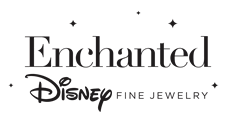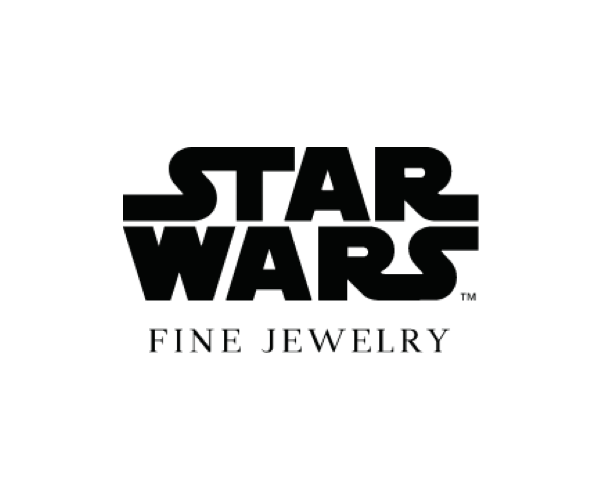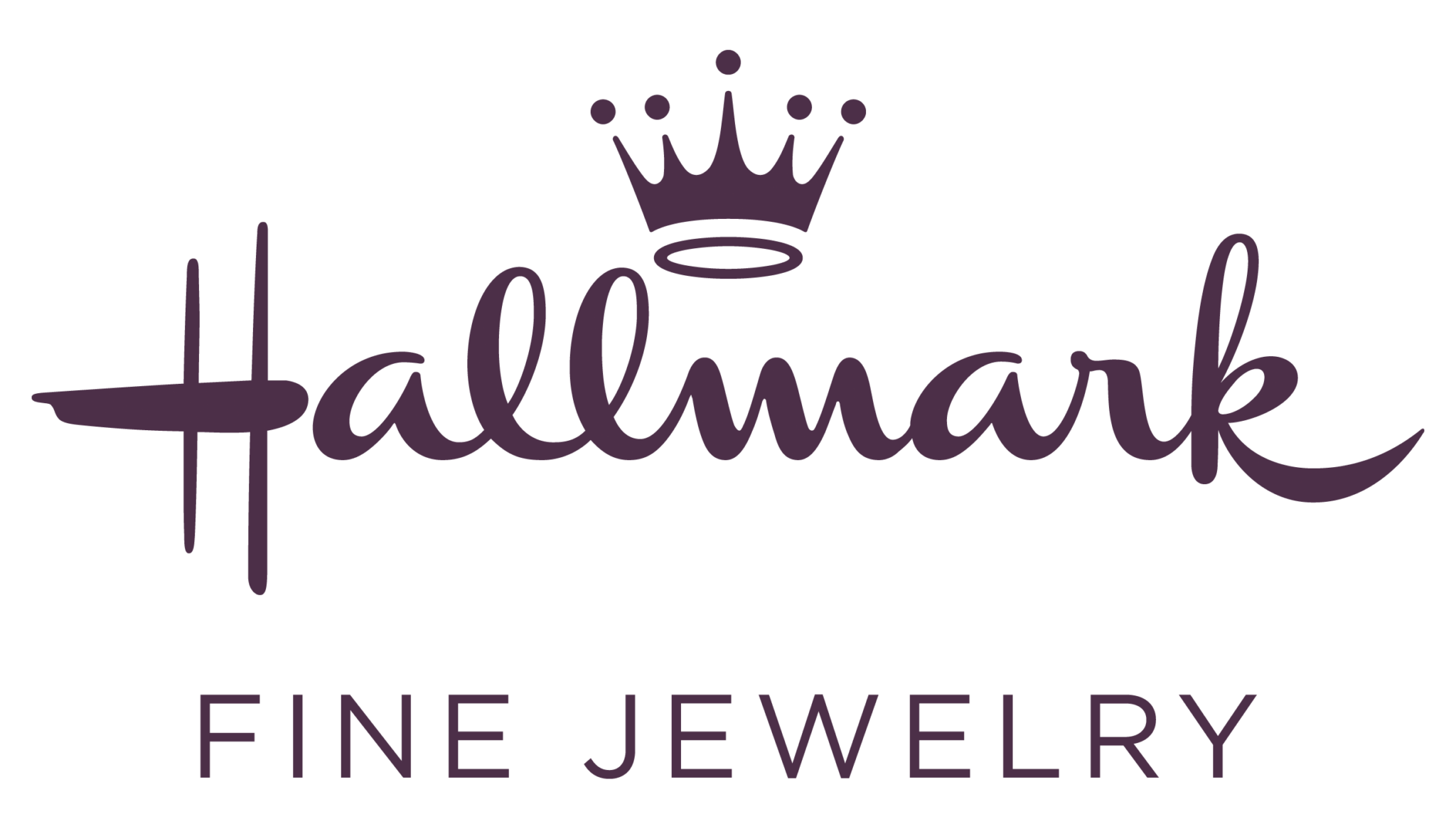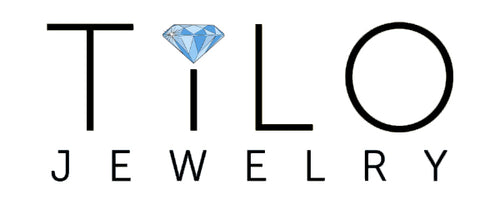3 Step Marketing selling jewelry online
You know how to sell your jewelry offline, but the online world is a completely different ballgame. Do you need a website? Should you increase your marketing budget? What is the best way to go about advertising your online jewelry? How to sell jewelry online effectively?
Many sellers use only one channel to market their products. While this might be quick, easy, and cheap, it is no longer enough to stand out in today’s crowded online world. Cross-channel marketing is the most effective method you can adopt. It can replace some of the single-channel marketing costs and cover a wider range of clients.
We recommend using a 3-step, cross-channel marketing strategy to sell jewelry online. This includes:
- online marketplaces – serving as a leads push by directing prospects to your brand
- your online branded website – serving as a leads magnet, pulling customers to your products
- a social presence – serving as the glue between the previous two, and sealing the deal.
Once synchronized, these three steps will allow shoppers to bounce easily from one platform to another, able to review and buy your products quickly and conveniently.
Now, how can you establish this 3-step marketing strategy? Let’s take a closer look.
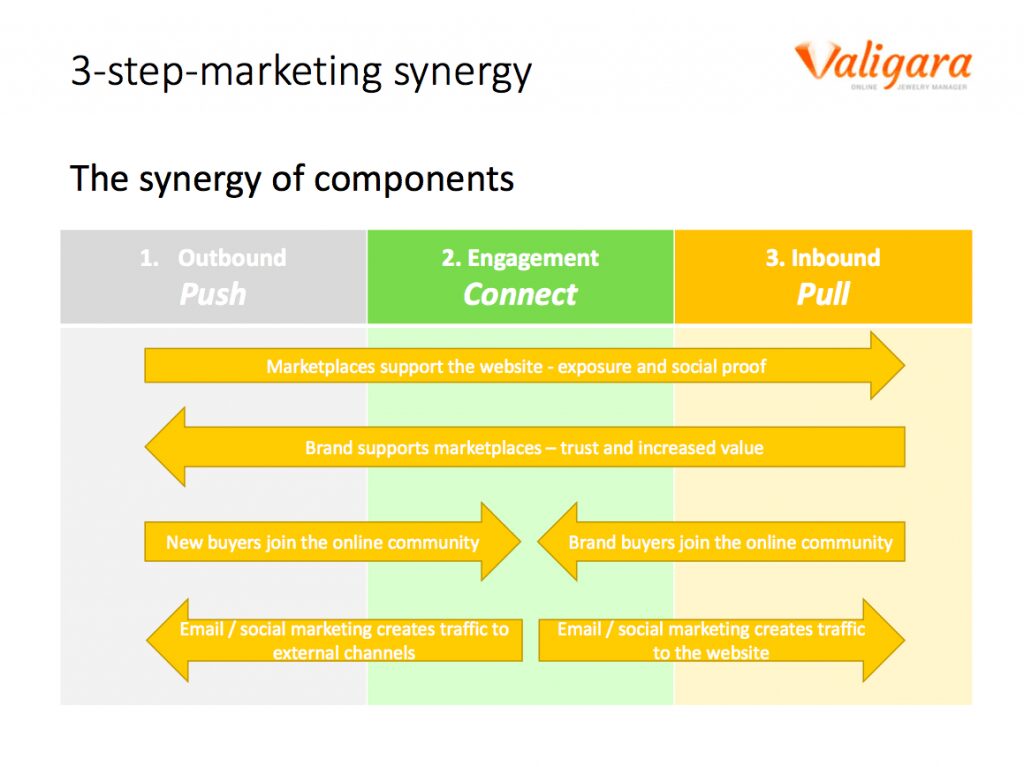
1. Marketplaces (Outbound Reach)
Marketplaces are a big piece of the marketing puzzle, not only because of their widespread reach and popularity but because they help push additional traffic to your website without additional costs. And there, your ability to convert leads is even higher.
Marketplaces often come with additional fees (listing, sales, etc.) and high competition. They also do not promote brand loyalty as much as social channels, again proving the need for this strategy’s three prongs.
You will find dozens of such online platforms. The most popular ones are:
- Amazon (all international domains such as .com, .uk, .jp, etc.)
- eBay (including international domains)
- Etsy
- Walmart
Other, less-known yet still profitable marketplaces include Bonanza, Sears, Shein, Aliexpress, Rakuten, Flipkart, Poshmark. These marketplace do not profile themself in selling jewelry, but having a wide reach of clients can provide significant results for jewelery sellers.
The current web space offers multiple niche marketplaces with significant jewelry presence, such as Fair, TheRealReal, Catawiki, RubyLane, LiveAuctioneers, 1stDibs, and many more.
In the Jewelry B2B fields, the marketplaces that play the major role are Rapnet, Alibaba, eBay, and Etsy. The latter two are known for their ability to combine the expected retail with the wholesale jewelry businesses.
It’s relatively easy to sign up as a seller on any of these platforms, and many of them offer paid assistance with processes like shipping and handling, or logistics and delivery.
We recommend listing your jewelry on multiple marketplaces while ensuring your target market fits its audience, just like with a social media channel. Make sure, however, that you tailor your offerings and/or catalog to fit those markets, keep track of inventory, and replenish your stock as soon as you’re running low. Our Valigara Online Jewelry Management tool can help you synchronize inventory, listing, and logistics across channels (and much more). It is a software for jewelry business, specifically designed to streamline and manage online jewelry sales.
2. Social Media and Email Marketing (Connect)
After you’ve pushed and pulled prospects to your products, you need to get them to buy. Social media channels and emails have become the main way for businesses to warm up leads by building and finding communities for their services and products. They are some of the most powerful ways to engage with prospects, build brand awareness, and create a desire for your products.
Here are some of the benefits of having a social presence:
- Quick learning process
- Ability to utilize existing client base
- Can be done without a budget
- Ideal for event-based ads
Some of the most influential social channels you can get started on include:
- Snapchat
- TikTok
- YouTube
- Flickr
- Tumblr
Many of these channels will even allow you to create business pages and groups (e.g. LinkedIn), as well as list an entire catalog of products (e.g. Facebook). And, with a larger budget, you can do even more including:
- Targeted newsletters to custom email lists
- Targeted paid ads
- Influencer marketing (social media users with large followings who can advertise your products or give quick demos on their platforms, for a fee)
Overall, each of these steps above is powerful, but when used together they become a synchronized trilogy saving you time and money. Your marketplaces will bring you clients organically, your website will build their trust, and your social media engagement strategy is where the two bond. By adopting this kind of holistic, 3-step marketing strategy that combines your website, social media channels, and a few different marketplaces, you stand the best chance at increasing your sales and brand awareness.
3. Branded Jewelry eCommerce Website (Inbound Reach)
Think of your jewelry eCommerce website as a business card and trust-builder, adding credibility to your marketplace presence and increasing your ability to sell. You should put as much thought and planning into your website as you would into your entire branding. We have addressed in a previous blog the details of creating the best online jewelry store design. Feel free to review that first.
A website establishes credibility and facilitates the customer’s journey to the final purchase. It is the best platform for converting leads into customers as it has direct access to interested prospects and can help you proactively address abandoned carts. The drawbacks of a website include large marketing (SEO / PPC / SEM) budgets, a long timeframe to get it published, and cutthroat competition. However, when combined with the other two prongs of this strategy, your financial burden and duration can be drastically reduced.
VSites – Valigara’s eCommerce website builder can help you get started. Specifically created with selling jewelry in mind, this is the ultimate tool for your jewelry eCommerce business. Why? Simple: no commissions, no competitors, no 3rd party rules. It is based on full-suite jewelry software: jewelry and diamonds inventory management, product search and listing, shopping cart solutions, and more.
You can easily combine VSite with your existing Magento, WooCommerce, or Shopify store while benefiting from additional jewelry-specific online tools, such as jewelry ERP systems, gemology institutes, jewelry logistics, etc.






